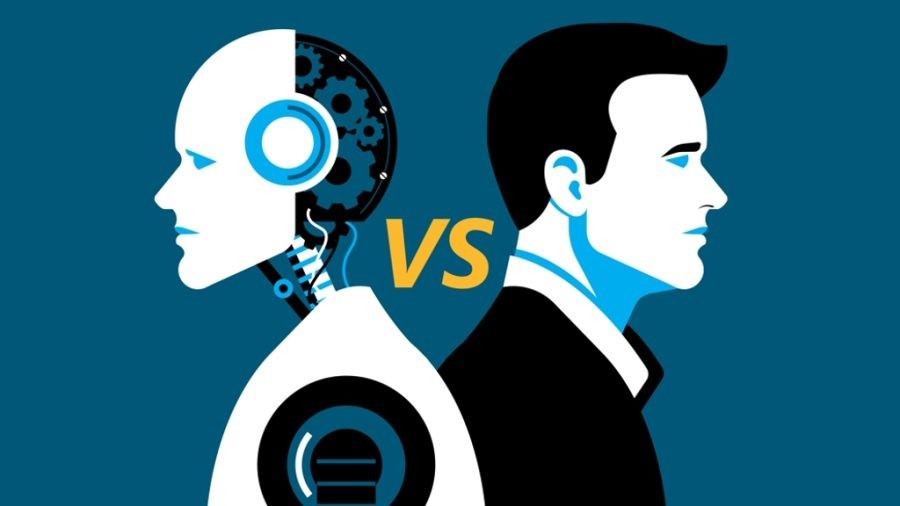
Introduction
The battle against image manipulation in scientific research papers has found a powerful ally in artificial intelligence (AI). A recent study conducted by independent biologist Sholto David in Pontypridd, UK, sheds light on the remarkable capabilities of AI in detecting duplicated images in research papers. David's experiment, outlined in a preprint, has revealed that AI can outperform human experts in identifying problematic images with astonishing speed and accuracy. This development comes at a time when academic publishers are grappling with the persistent issue of image manipulation in scientific publications.
The Experiment: AI vs. Human Expertise
To assess the effectiveness of AI in spotting duplicated images, Sholto David embarked on an extensive study. He meticulously examined hundreds of papers published in the journal Toxicology Reports, seeking instances of duplicated images. After this manual inspection, he subjected the same papers to an AI tool known as Imagetwin.
The results of David's experiment were striking. Imagetwin, operating at two to three times the speed of a human researcher, not only identified almost all of the 63 suspicious papers that David had flagged but also uncovered an additional 41 problematic papers that had initially gone unnoticed. This achievement highlights the efficiency and accuracy of AI in tackling the issue of image manipulation.
The Growing Concern of Image Manipulation
Image manipulation in scientific research is a growing concern. In a 2016 study by image-forensics specialist Elisabeth Bik and her colleagues, it was revealed that nearly 4% of papers scanned in 40 biomedical-science journals contained inappropriately duplicated images. While some image alterations may occur unintentionally or for legitimate reasons, journals and institutions are eager to identify and address those that cross ethical boundaries.
AI-Powered Solutions
Imagetwin, the AI tool used by Sholto David, is employed by approximately 200 universities, publishers, and scientific societies. It is renowned for its effectiveness in comparing images in research papers with a vast database of over 25 million images from other publications. This comprehensive approach allows it to detect potential duplications in two ways. First, it creates a unique fingerprint for each image within a paper and scans the entire document for matches to that fingerprint. Second, it cross-references the fingerprint against its extensive database of images from past publications, a process that takes just seconds.
However, it is important to note that while AI tools like Imagetwin have proven invaluable, they are not without limitations. For instance, they may miss duplications in images with low contrast. This underscores the importance of human expertise in conjunction with AI tools.
The Road Ahead
The promising results of Sholto David's study and the adoption of AI tools like Imagetwin by various academic publishers indicate a shift toward integrating AI into the paper-review process. Much like plagiarism detection software is routinely used to scan text, AI can serve as an additional layer of scrutiny to maintain the integrity of scientific research.
Nevertheless, experts emphasize that AI alone cannot replace human expertise in the peer-review process. Flags raised by AI tools should be viewed as prompts for further investigation rather than definitive proof of fraud. The ultimate goal is to create a collaborative environment where AI complements human discernment in ensuring the quality and integrity of scientific research.
In conclusion, AI's ability to rapidly and accurately detect problematic images in research papers is a significant step forward in addressing the issue of image manipulation in academic publications. As more AI tools are incorporated into the review process, there is hope that this technology will democratize the ability to screen papers, adding value to scientific journals and fostering greater transparency in research.
Leave a Reply